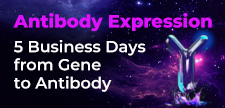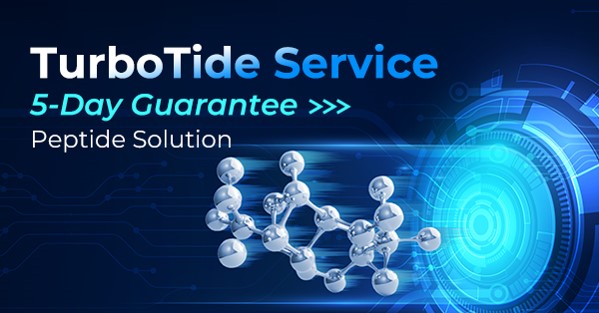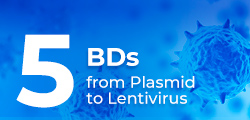Please refer to yo ur specific protocol provided for exact numbers. Typical specifications for animals used in antibody generation are listed in the table below:
| Service | Age or Weight | Species and Strain | Sex |
|---|---|---|---|
| Antibody Production | 7 weeks | BALB/c mouse | Female |
| 180-200 g | Wistar rat | Female | |
| 1.8-2.5 kg | New Zealand Rabbit | Male |
Antibody development involves the use of animals as hosts to generate an immune response against the antigen target. Host animals are pre-bled via the orbital sinus (rodents) or the marginal ear vein (rabbits) in order to acquire pre-immune serum to be 50-100 μl/mouse or rat and 0.5 ml/rabbit. Typical immunization involves subcutaneous injection with an emulsion of incomplete Freund's adjuvant (IFA) and target protein or peptide. Response to immunization is measured via orbital sinus (rodents) or marginal ear vein (rabbits) bleed samples. Subsequent exposures to antigen via subcutaneous injection are repeated every other week until sufficient test titers are reached. Serum (polyclonal antibody) or lymphocyte (monoclonal antibody) harvest is performed via terminal procedure including deep anesthesia and immediate euthanasia. Serum is collected through cardiac puncture, and lymphocytes are collected from spleen or local lymph nodes at this time.
Generation of antibodies requires a mammalian immune system in order to generate a full repertoire of antibodies. Mice, rats, and rabbits are well studied, accepted, and proven hosts for generating useful antibodies for both research and therapeutic or industrial applications. Use of multiple animals is necessitated in order to generate required volumes of material produced (polyclonal serum) and/or provide sufficient statistical power to elicit an appropriate immune response (monoclonal or polyclonal).







































